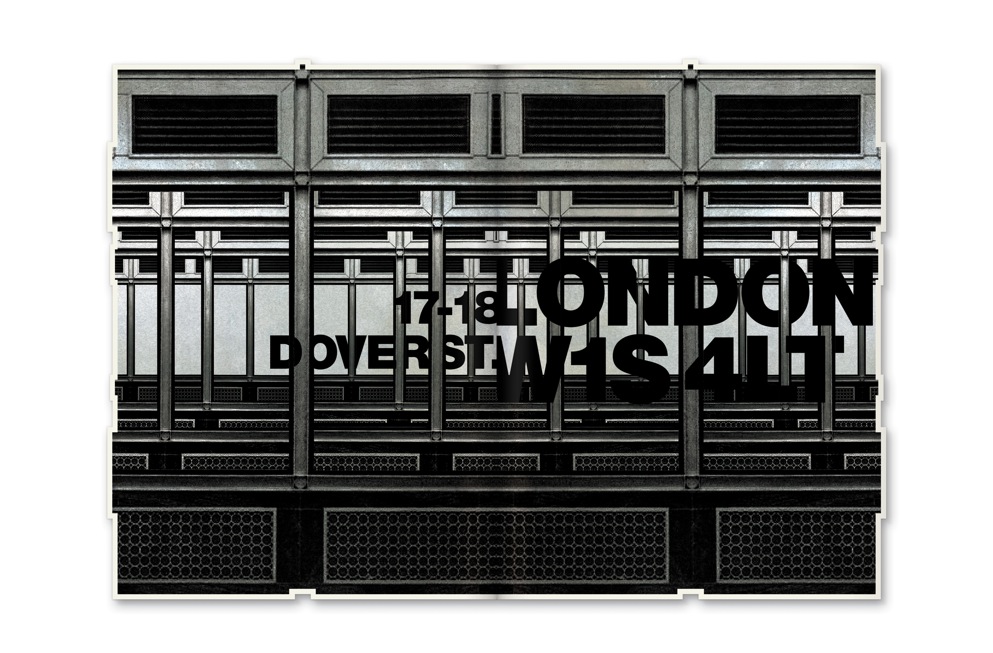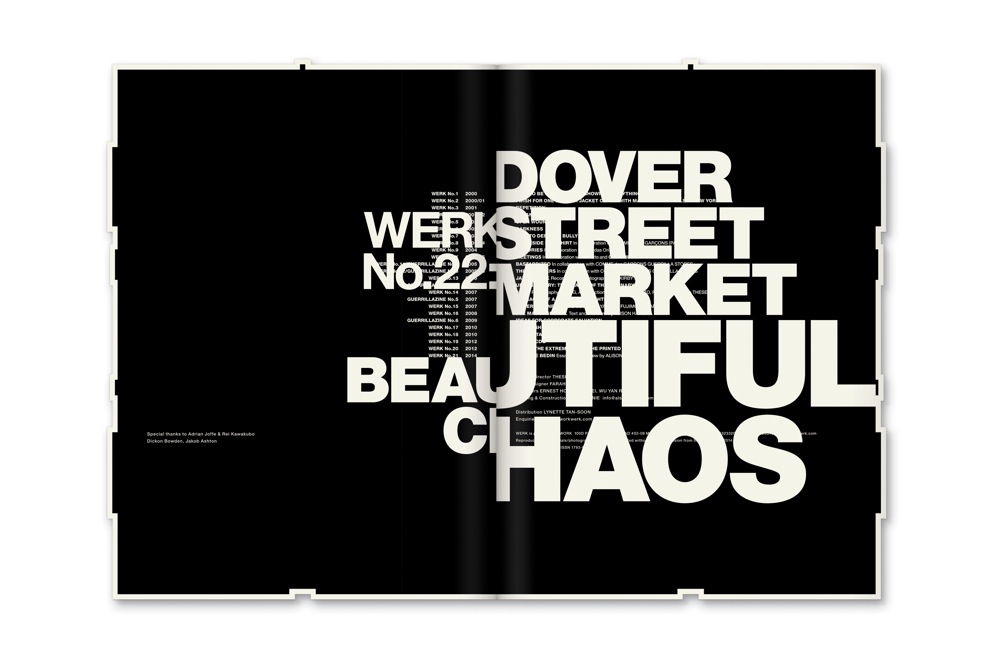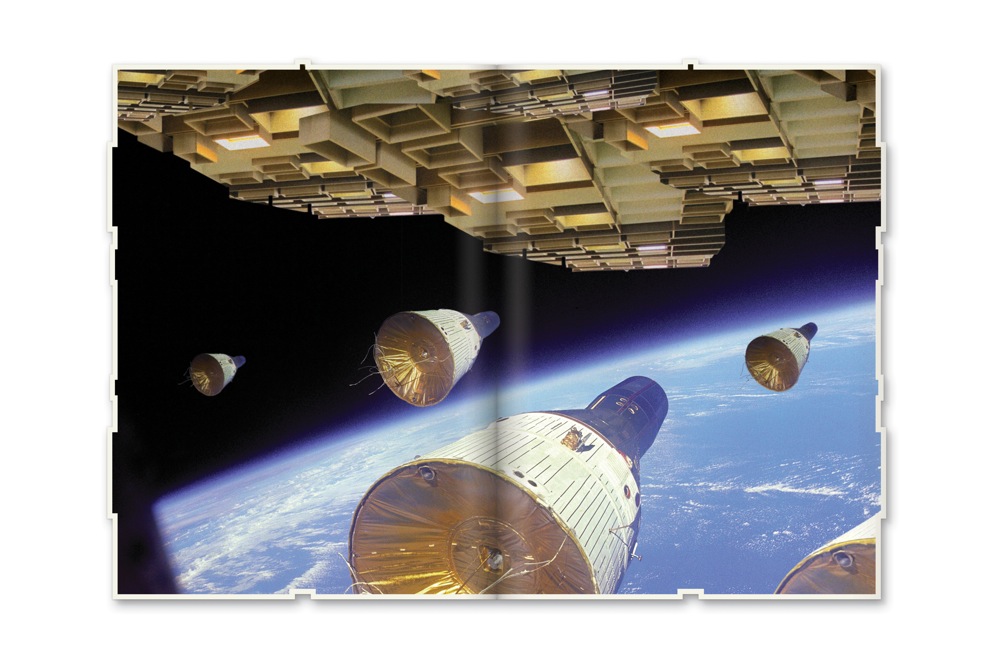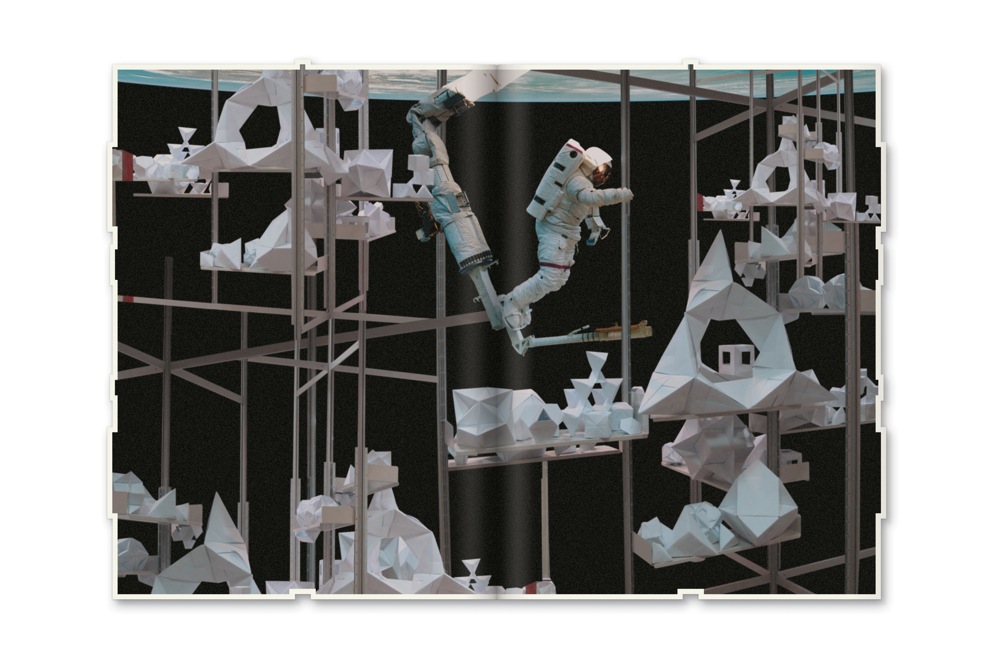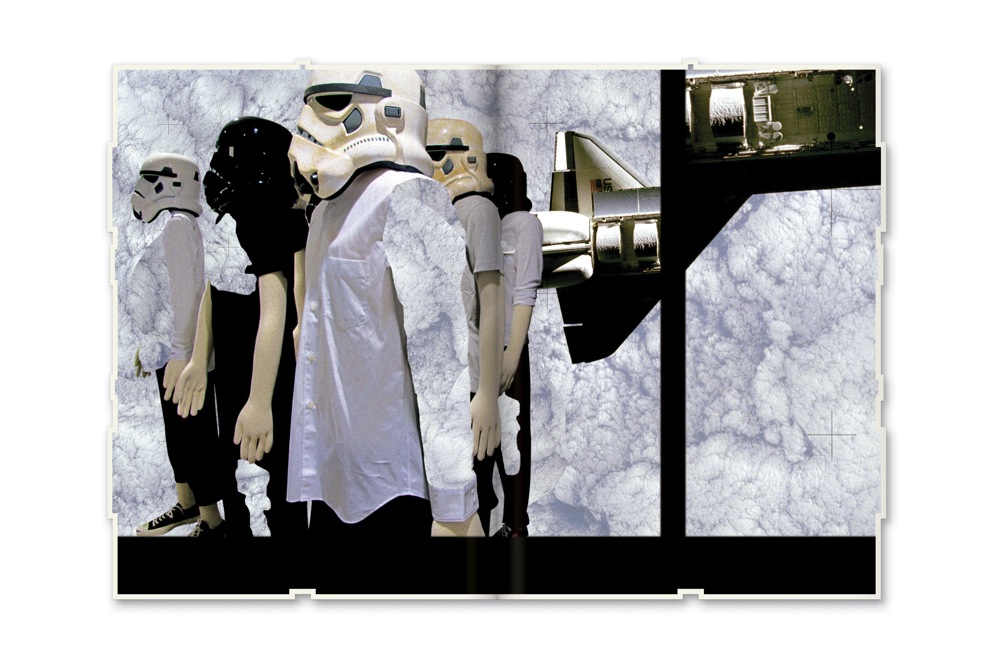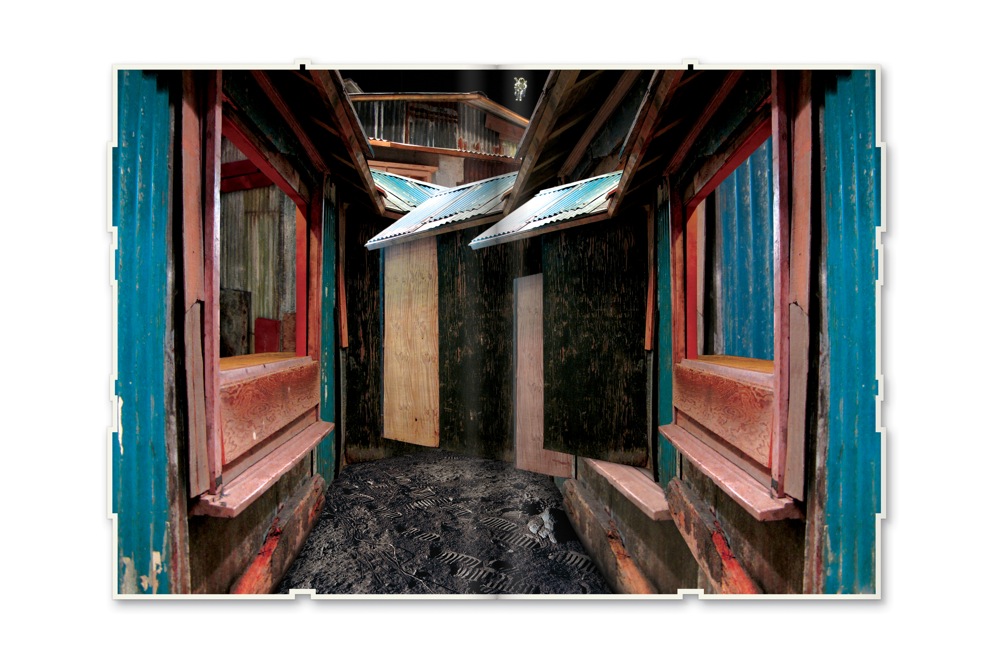It’s all about you, me, and them, at this year’s Archifest. Singapore’s annual architecture festival turns to the “Crowd” for its eighth edition as it looks at the impact of communities and collaborations in the built environment.
From a pavilion created by two architecture teams to “crowd pricing” workshops that demonstrate the economic benefits of purchasing as a group, this two-week long festival organised by the Singapore Institute of Architects will address how individuals can work with one another to affect change in the city from the ground-up.
This year’s focus on people is not just apt for a festival which aims to bring architecture closer to the public, but also reflects the beliefs of a new team. Taking over from previous director Adib Jalal and his team is PLUS Collaboratives, a two-year-old design collective who say they are all about working together to making work that the common man can appreciate.
“We feel creating programmes out of thin air is not something that a short festival should do. Instead, the programmes created should have a lasting reference,” said member Mervin Tan who is also this year’s Archifest director. “What we tried to do is to collect parallel voices to sing the same tune, and to sing louder together for this festival. We aim to show to the public the idea of ‘crowd’ does exist amongst the creative industries and is something real.”
New to this year’s festival is working closely with students from various design schools to create projects that address this years’ theme. The students of Ngee Ann Polytechnic designed spaces for Little India to promote interaction and integration between the users of different social and cultural backgrounds in this ethnic enclave, while the architecture undergraduates of the National University of Singapore (NUS) studied appropriate materials and designs to better shade the city’s public spaces from the sun. These projects and more will be showcased at Marina Bay Sands where Archifest has erected a pavilion which is a design collaboration between HCF and Associates as well as Agfacadesign and the NUS. Both teams were winners for this year’s pavilion design competition, an unexpected decision made by the jury.

“This year we experienced the highest number of entries (28) since the beginning of the competition (in 2012) and the final shortlisted entries were really outstanding in their own rights,” explained Mervin. “Although it was not conventional to commission two winners, the jury decided to go ahead with this decision, which also bolts well with the overall theme of crowd and collaboration.”
Even as Archifest continues to make architecture relevant to the Singapore public, the festival has also not forgotten about the industry. From this year on, the festival will be launching ArchXpo, a new tradeshow component. Unlike other industry-specific events in Singapore such as the recent International Green Building Conference or the upcoming World Architecture Festival, Mervin said their show will be less topical and “a direct showcase of new ideas, future, projects” instead. More importantly, it is part of an effort to make the home-grown Archifest internationally relevant, as the Singapore Institute of Architects has partnered event organisers Conference & Exhibition Management Services for this event.

 In 2004, he helped COMME des GARÇONS set up its first Guerrilla Store in Singapore. That started the first of many collaborations between Theseus Chan of
In 2004, he helped COMME des GARÇONS set up its first Guerrilla Store in Singapore. That started the first of many collaborations between Theseus Chan of 